The speedwells come in many different forms from ditch loving wild flowers to sub-shrubby candidates for the herbaceous border. Here’s the lot of them collected together for you to take your pick. I’ve tagged along the Veronicastrum and Parahebe as well as they seem to fit well. The list orders from short to tall
Veronicas are the speedwell’s or Bird’s-Eyes. The name speedwell means ‘good-bye’ and refers to the speed with which the petals fall when you pick the flower.
On the whole Veronicas are native to moisture retentive sites, growing in wet ditches, and flood meadows through to light woodland. They tend to prefer cool summers.
The species usually encountered for the herbaceous border are of fairly easy cultivation provided that over dry conditions are avoided. The taller species produce long lasting pink, lavender or blue spikes for the border which are great for the eye and the insects, whilst species such a V. gentianoides make attractive leaf cover for the edge of a bed with a bonus of palest blue flower spikes in spring
Veronica is possibly named in honour of St Veronica, the woman of Jerusalem who wiped the face of Christ with a veil while he was on the way to Calvary. According to tradition, the cloth was imprinted with the image of Christ’s face. Feast day July 12th.

















































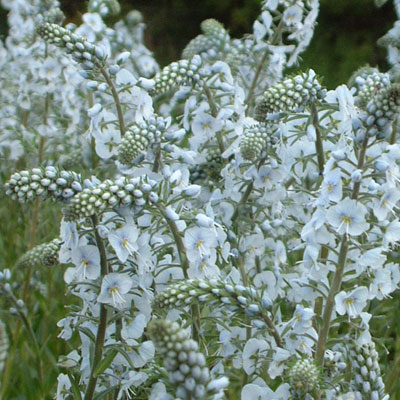
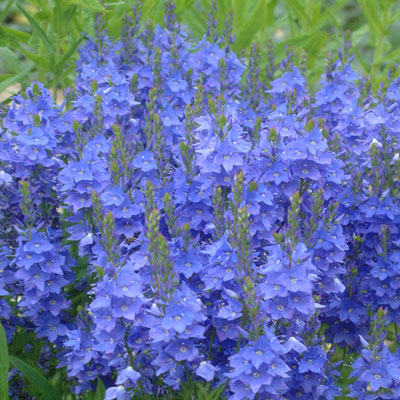
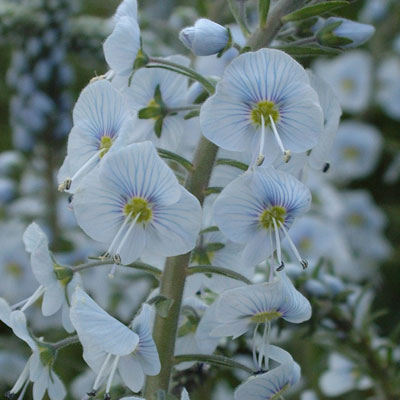
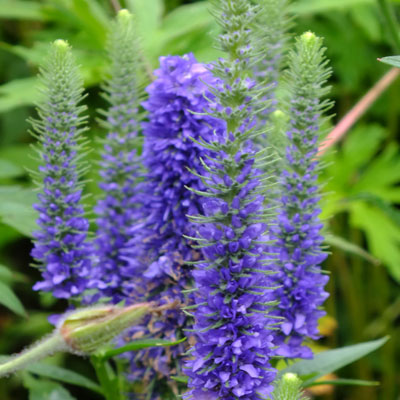
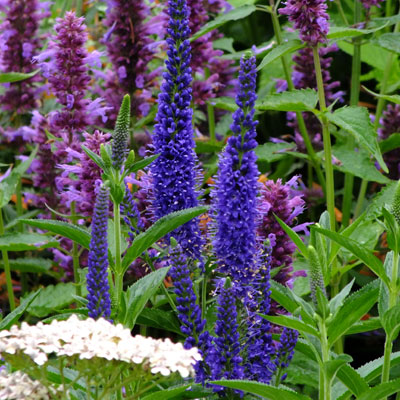
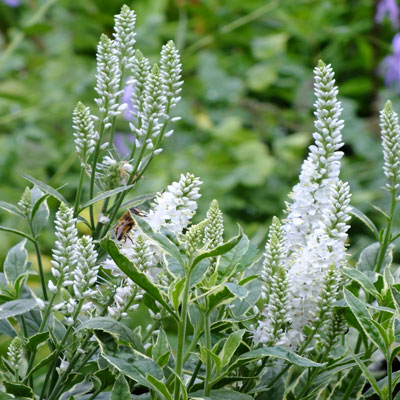
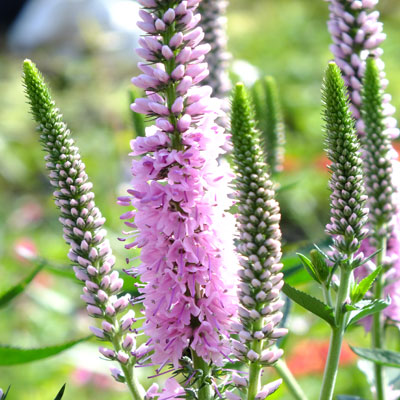


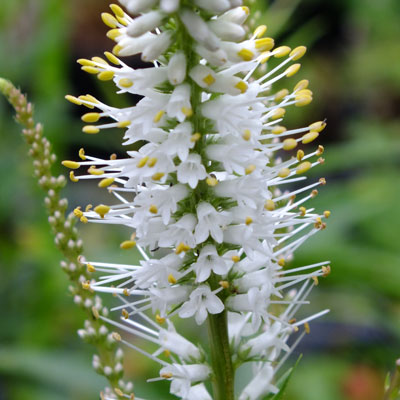

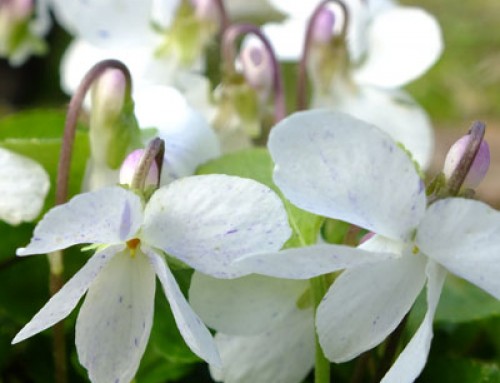
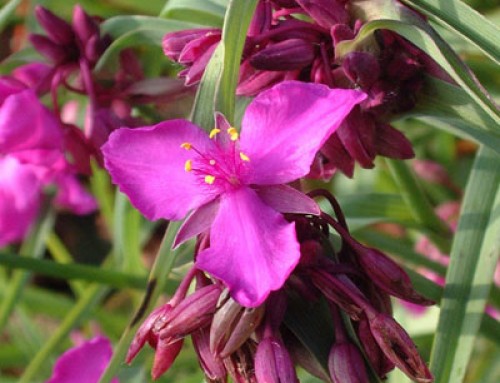
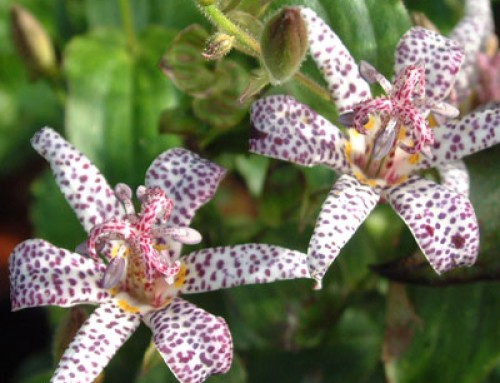
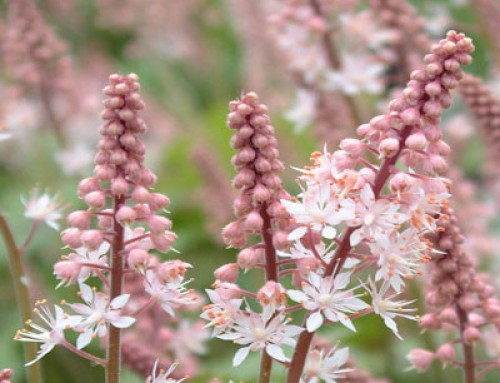
Leave A Comment
You must be logged in to post a comment.